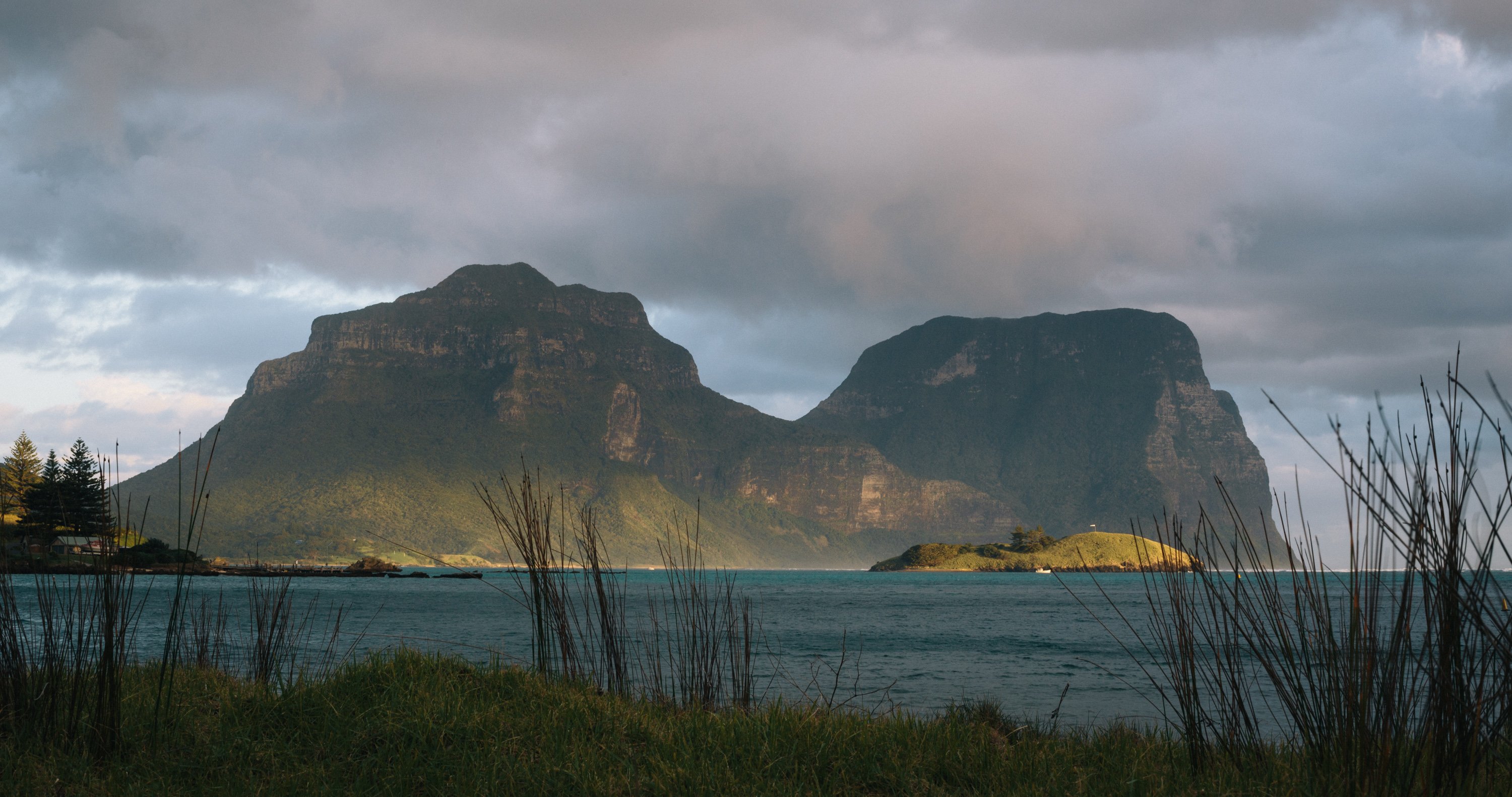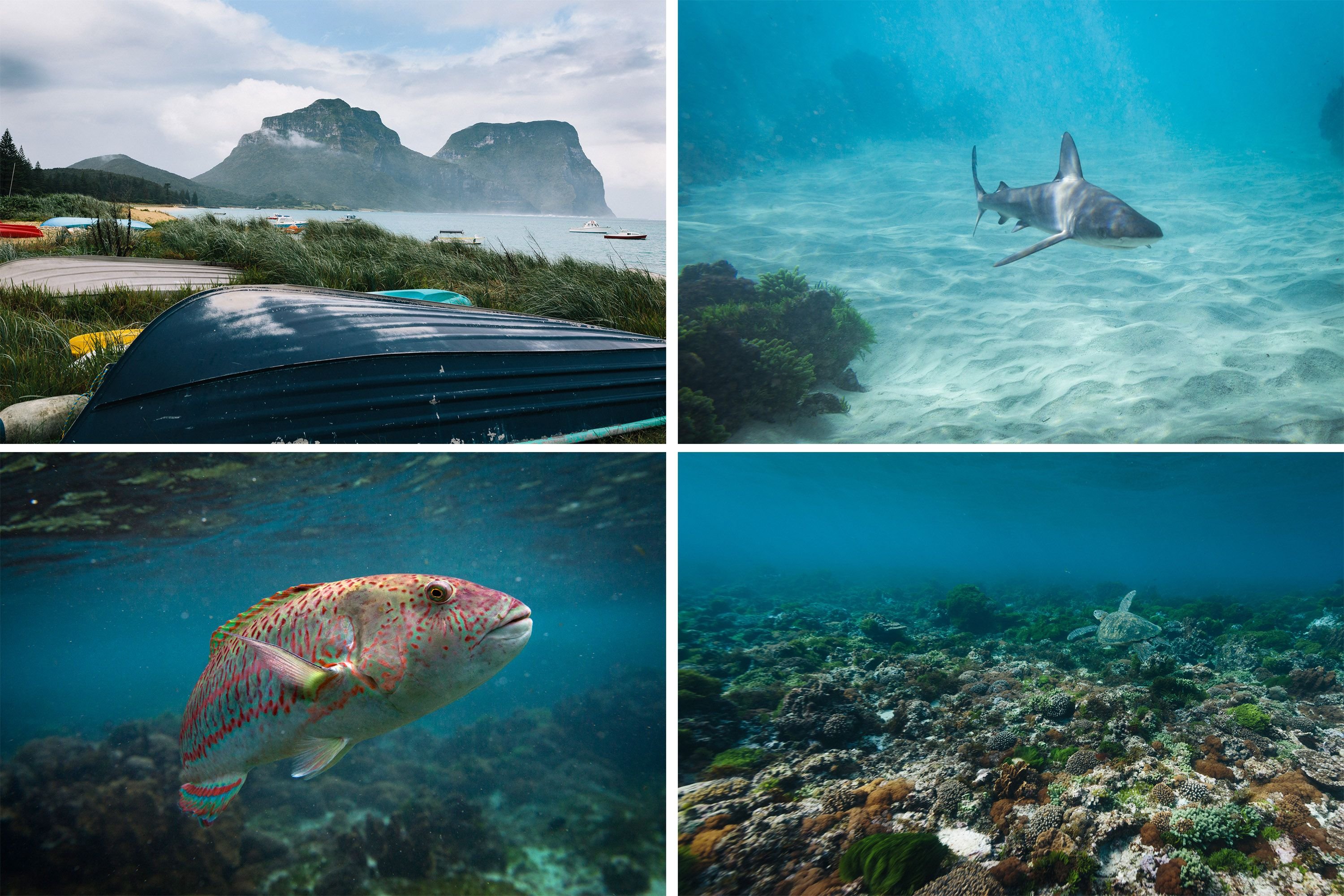
After completing the film The Last Sea Treasure, we realised we had a unique understanding of the issues facing Australia when it came to protecting the sea. However, there was still so much more that needed to be told and there seemed to be a thirst for this type of content. People loved attending the film events and learning about some of the threats to the ocean.
So, we decided that we would start working independently on our first ever feature length film to create something that delved deeper into the global movement to protect our oceans.
We needed to seek out some of the most inspirational ocean leaders and share their stories and achievements.
We wanted the film to show-off the magnificence of the ocean, whilst educating the viewers on the issues surrounding marine protected areas.
This is how our film The Map to Paradise began.

We wanted to create something beautiful, something that would inspire people to feel proud of their own backyards, so we decided that Lord Howe Island off the northern New South Wales coast would be a great starting point.
We had never been there before, but knew that it was one of Australia's most successful marine protected areas and that the marine life was plentiful. At the time we considered going there, it was also off season. The deals to get there were the best we'd ever seen, so we decided to begin our journey here.
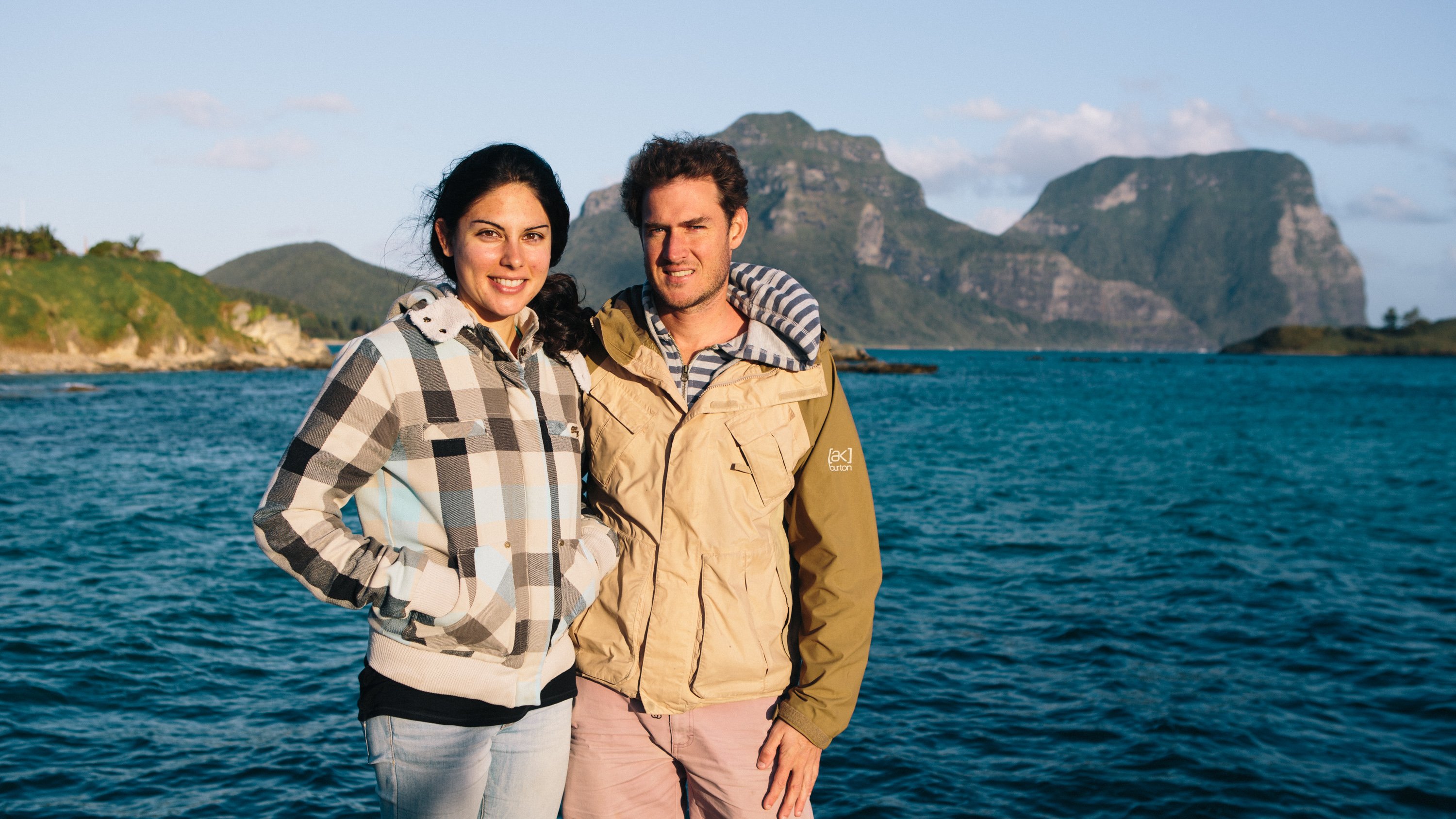
Lord Howe Island is a unique place. It is a UNESCO world heritage site. Its forests are virtually untouched and they cover most of the island. About 70 percent of the land is protected and its surrounding waters are largely protected as well. The island sits out in the middle of the Tasman Sea and the weather can vary drastically.
In the days leading up to our flight, we had been watching the weather constantly, hoping that it would be good, but it looked like it was deteriorating.
Perhaps, we would get a couple of days of good weather before it turned, but we couldn't be sure.
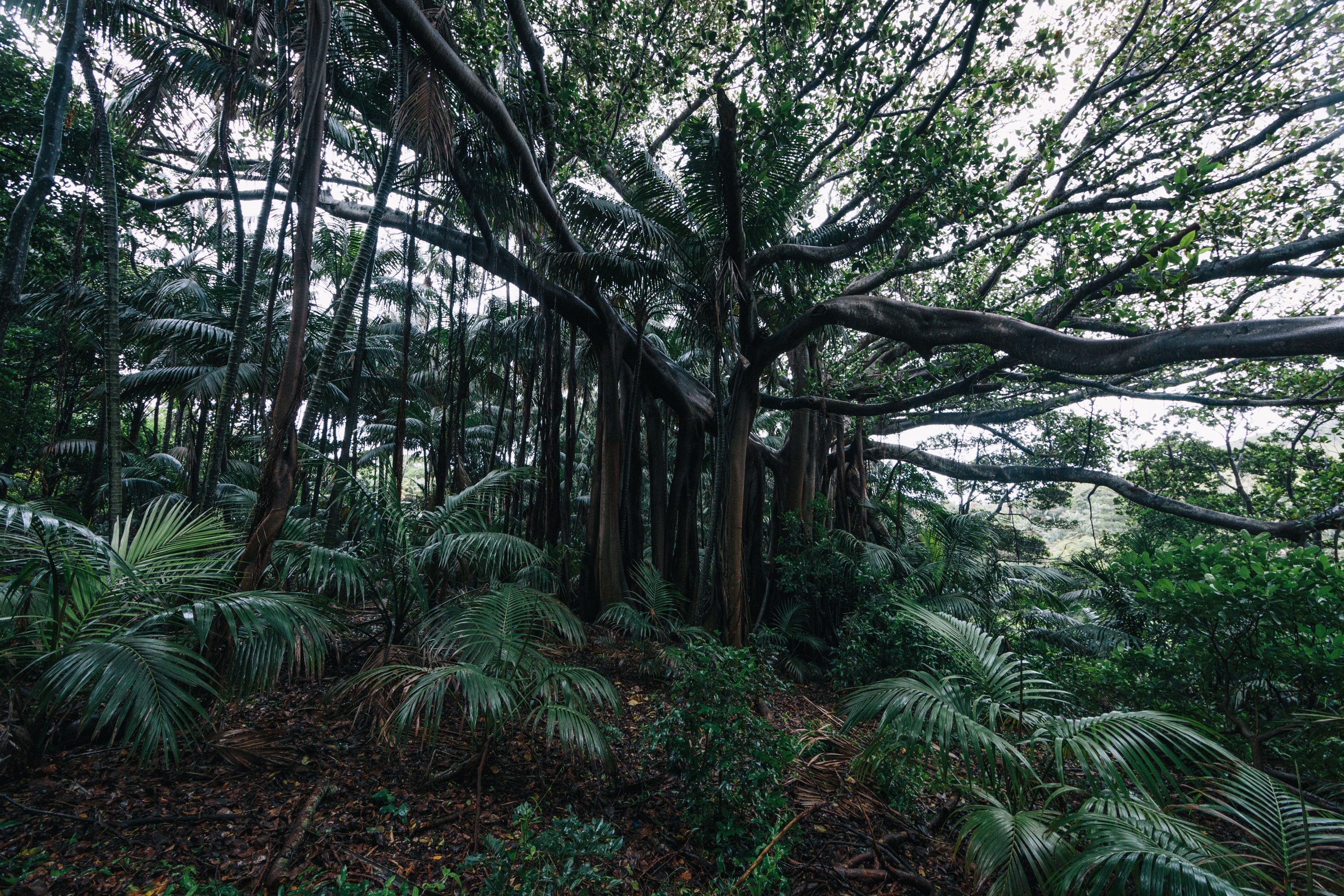
Flying into Lord Howe Island is beautiful; huge cliffs rise out of the water in the middle of the ocean, encircling a gorgeous lagoon on the eastern side of the island. It's such an idyllic paradise.
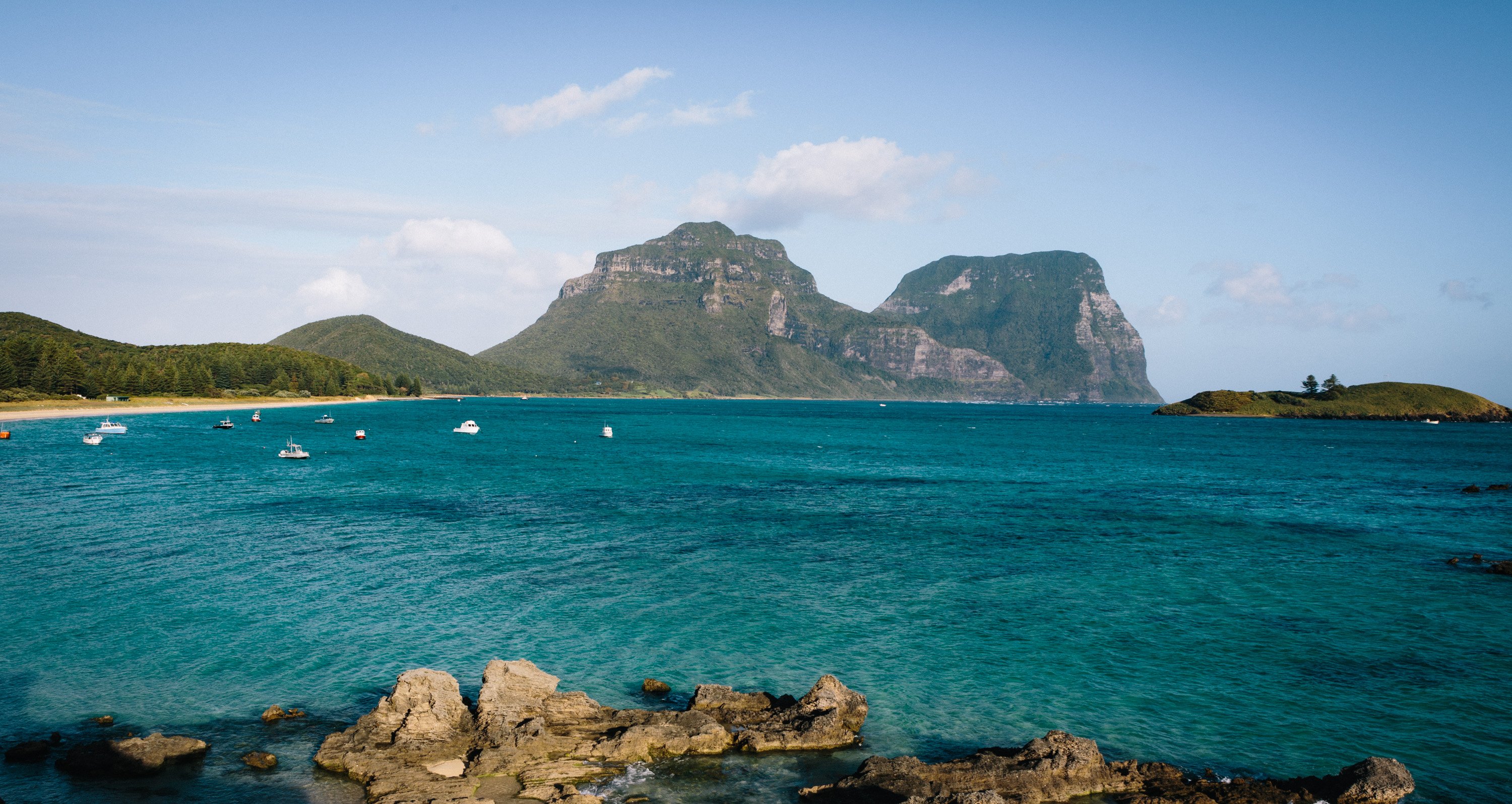
The weather was beautiful when we arrived, so we checked into our accommodation and quickly jumped in the water for a snorkel.
The visibility was amazing. The marine life was abundant. The reefs were so different to anything we had ever seen. They were colourful with green and brown tones, with colourful wrasse darting among the coral garden.
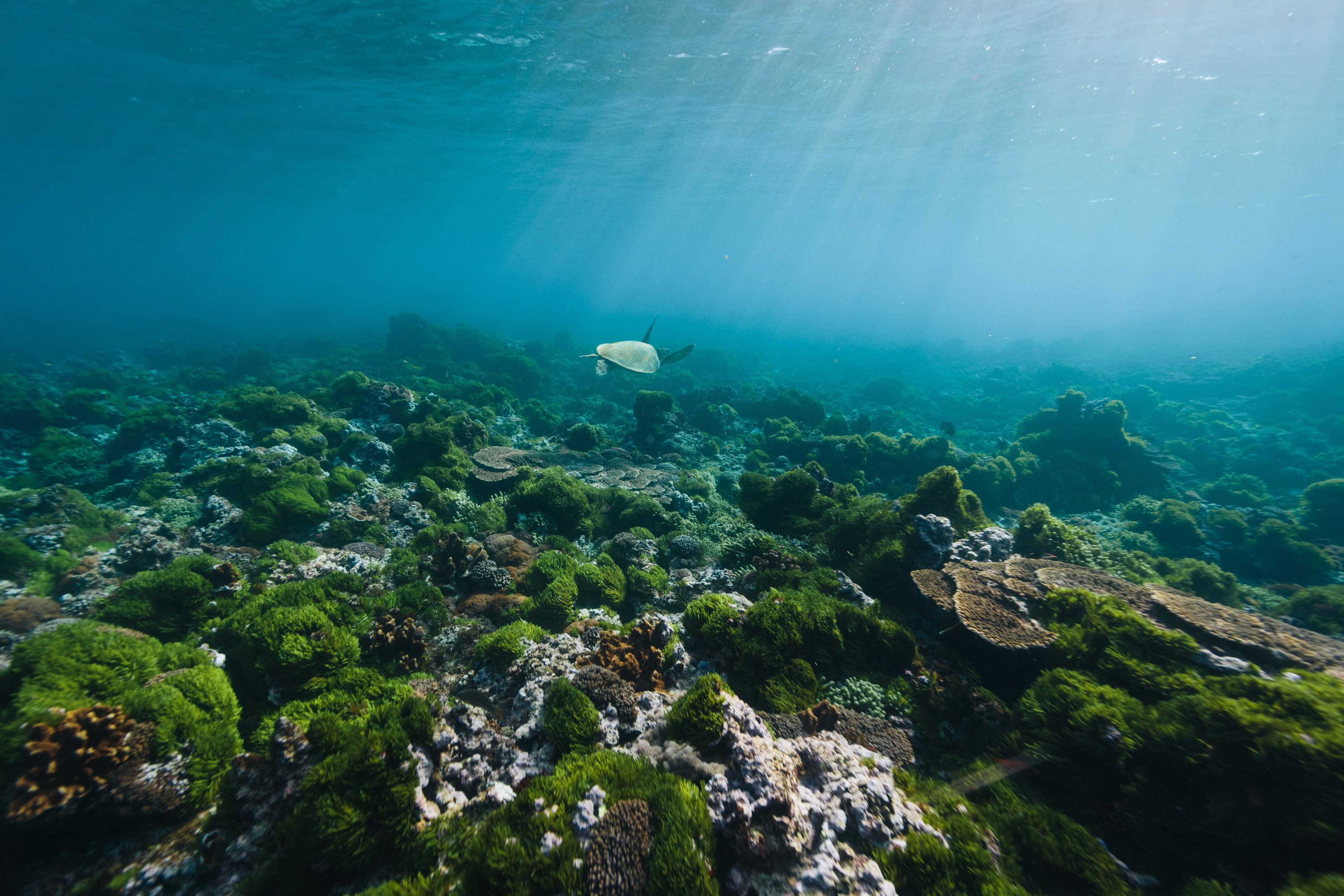
We were blown away by the amount of fish just off the shoreline - huge kingfish, snappers, turtles, sharks, it truly was another world - a true example of what life in the ocean should look like.
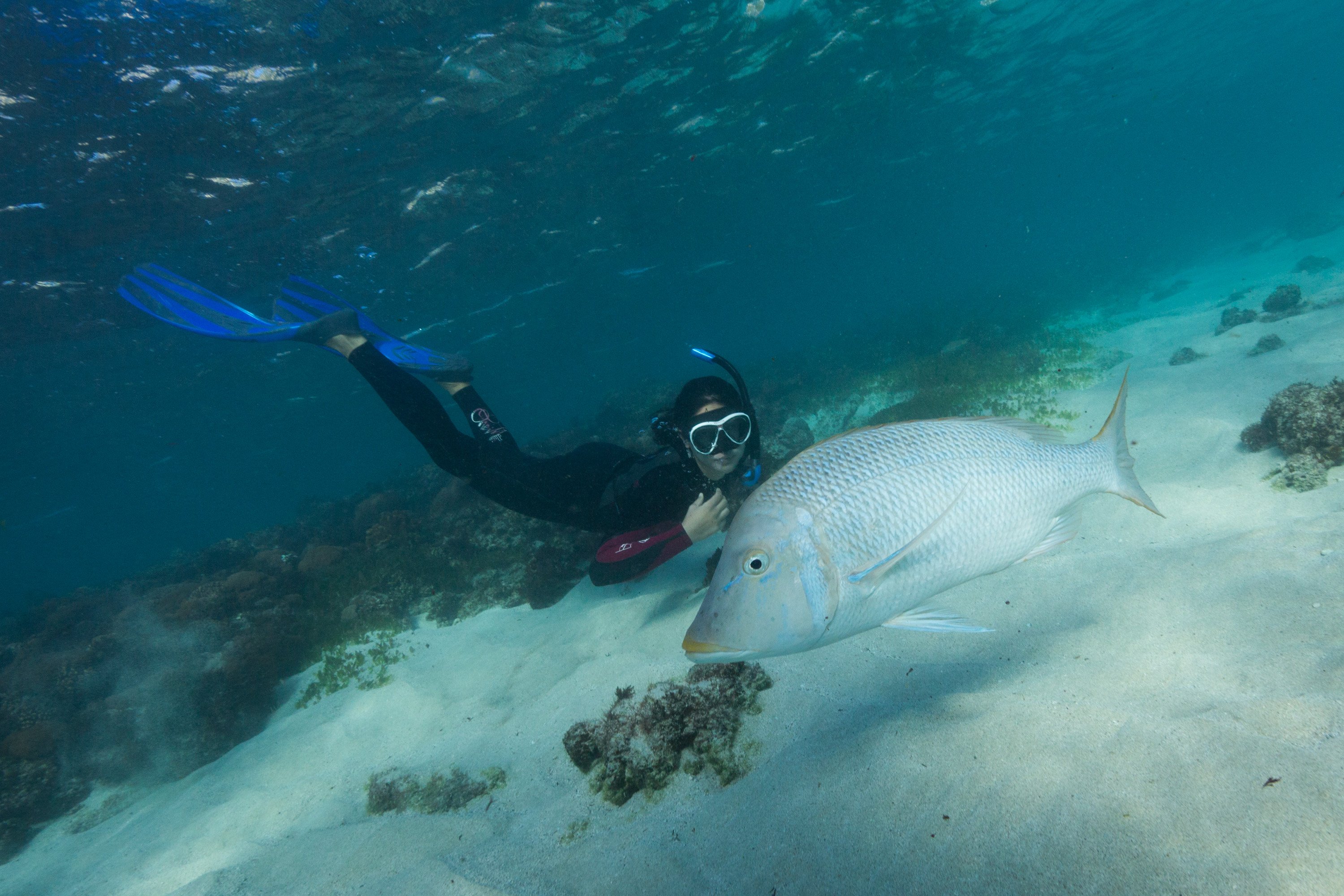
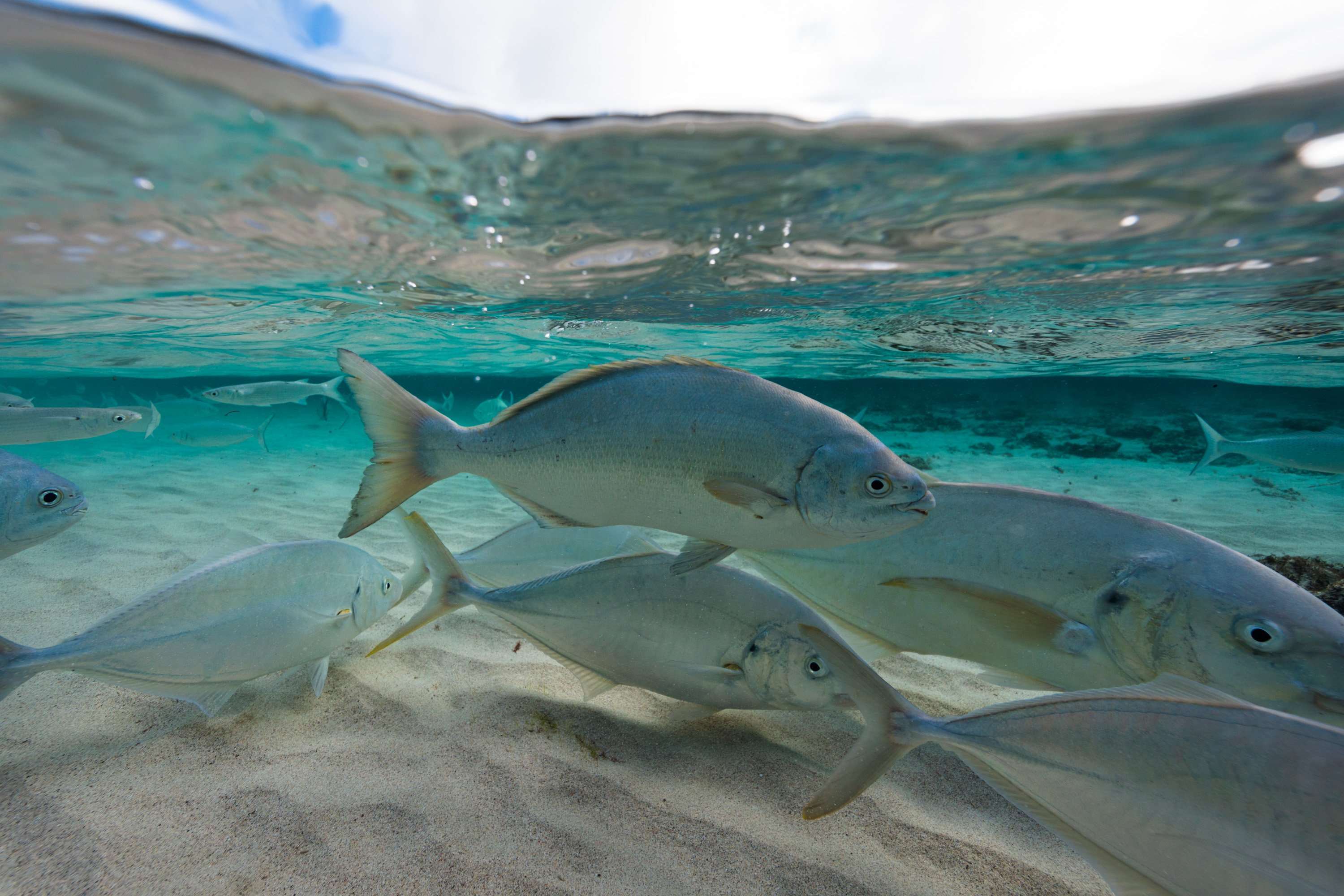
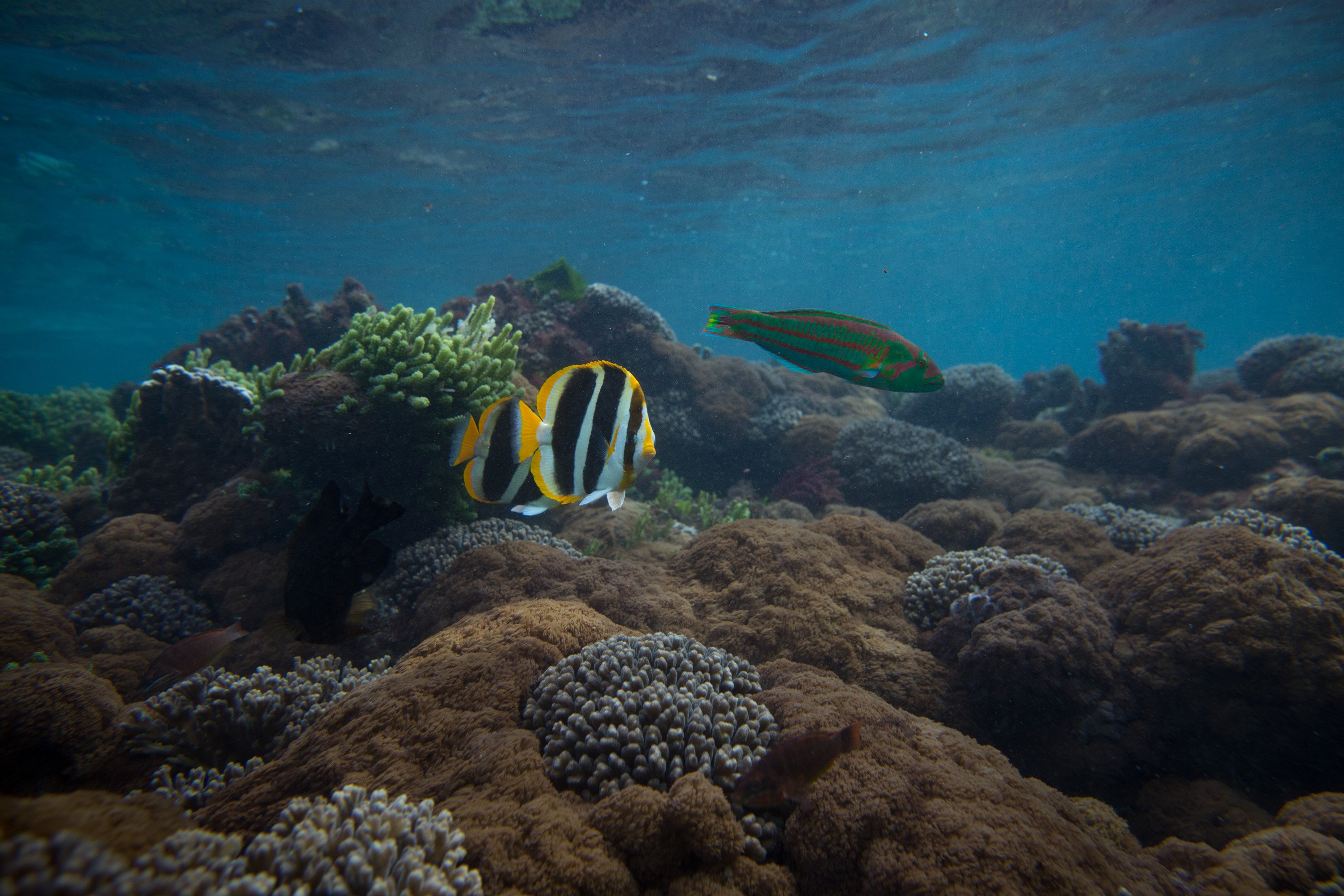
After the snorkel, we met up with one of the dive shop owners on the island. We arranged to interview him the next day and for him to share some knowledge about the island and show us some special places that he loved.
The next morning we got into the water with him and got some pretty images of him snorkelling around the beautiful reefs.
He shared a few of the reasons why Lord Howe was still so pristine and beautiful. Interestingly, he told us that no commercial fishing existed in the surrounding waters of the island and that there were strict tourism limits on the island, permitting only 400 tourists at any given time.
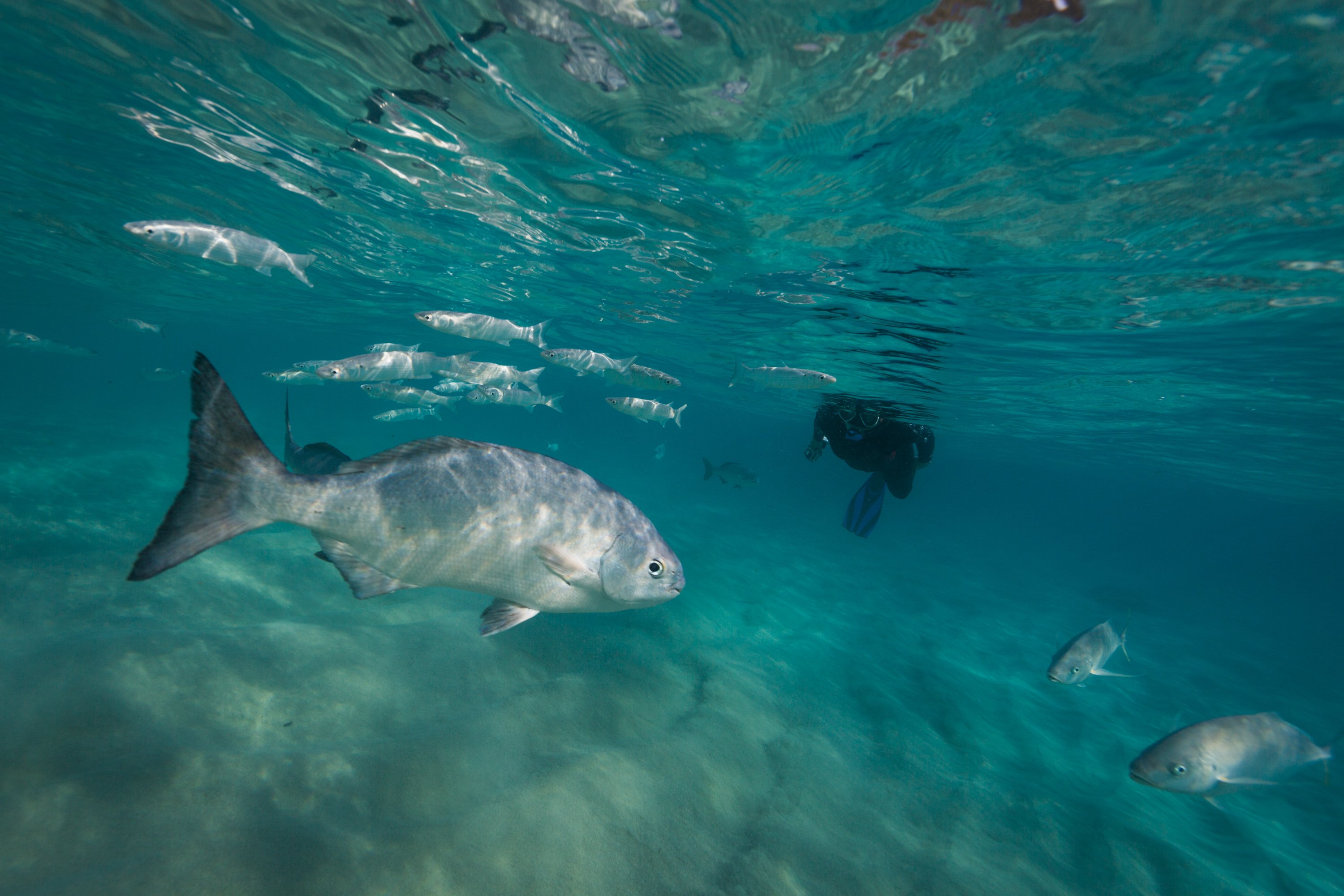
One of the highlights of the area was a dive site at the nearby Balls Pyramid; a giant pinnacle that rises out of the sea.
We thought it would be a great place to get some footage for the film, but he was a bit hesitant about the weather forecast, so we put it on hold.
Later that afternoon, the clouds rolled in and the weather changed drastically.
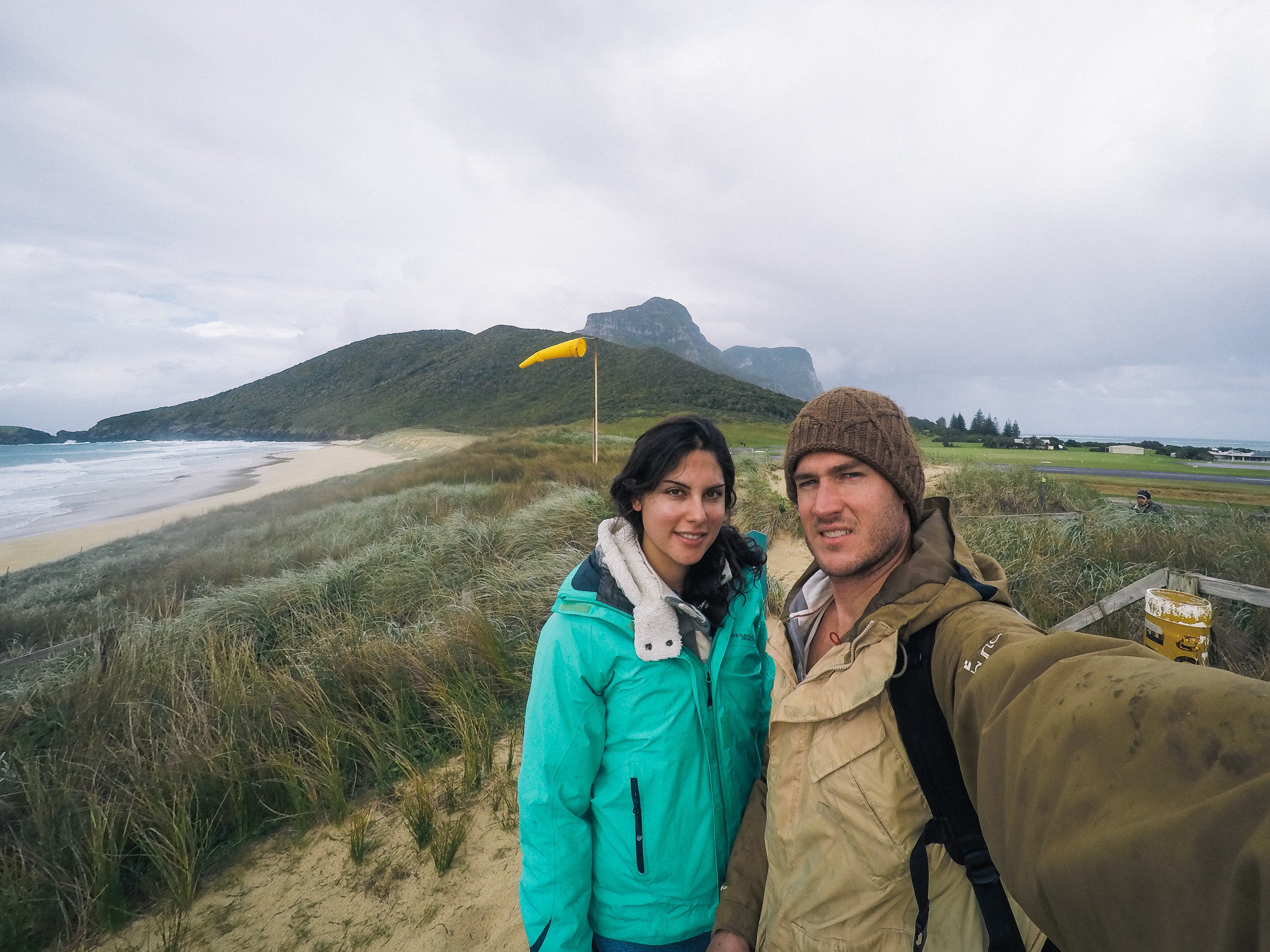
When we woke the next morning the rain had set in. Next came the wind, then came the thunder and lightning.
The low pressure system intensified over the next few days and conditions continued to deteriorate. Flights in and out of the island were cancelled, the dive trip to Balls Pyramid was cancelled and it became increasingly difficult to film around the island.
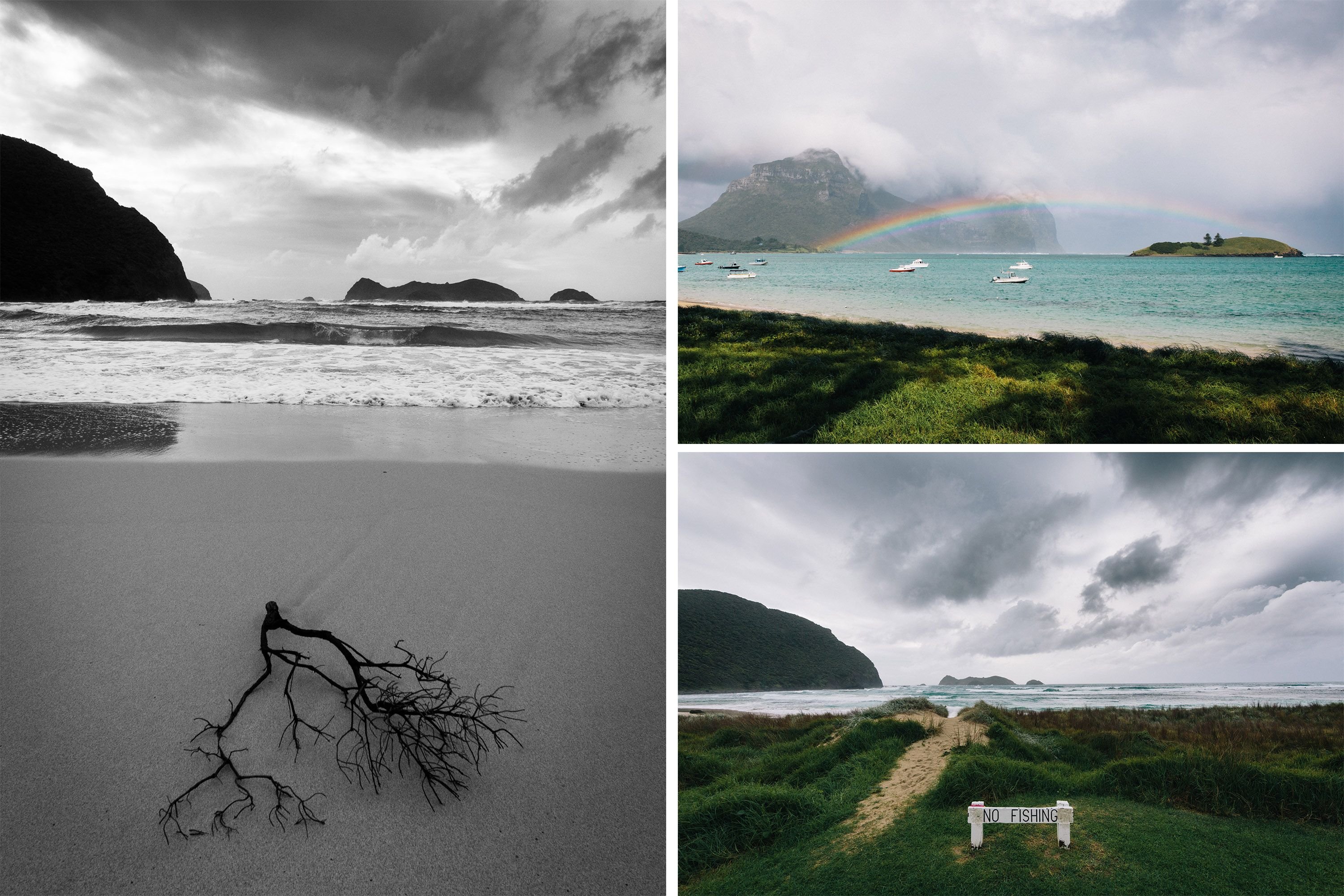
The beautiful clear water had been stirred up by the waves and conditions became less than ideal for what we were looking for and it was becoming quite challenging to get what we wanted.
We still persisted though, spending lots of time in the water trying to film the shy Galapagos sharks and the flighty green sea turtles and every now and then when the clouds would part and the sun would shine through, we’d rush off to go film and photograph different things on the land.
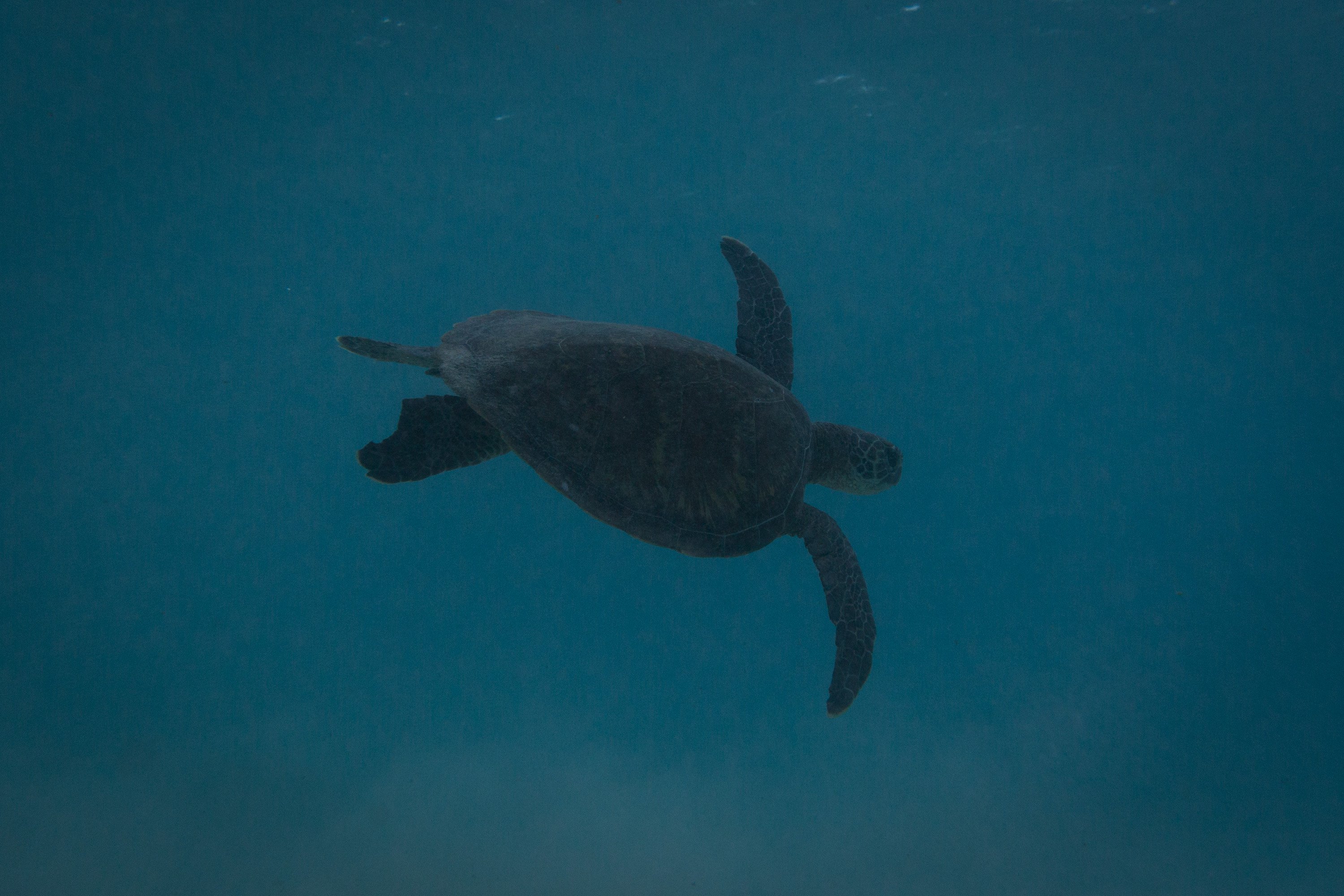
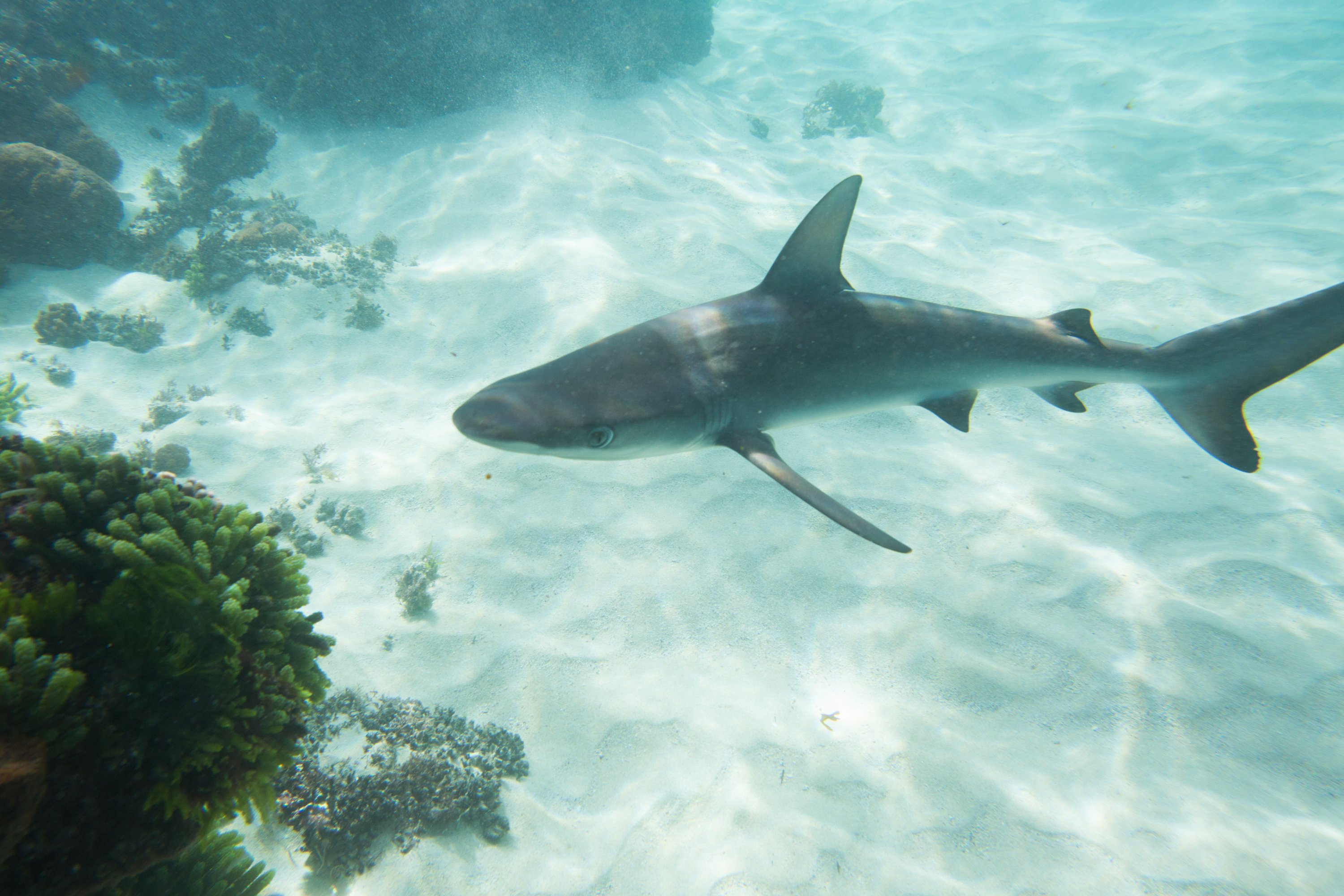
It was frustrating that conditions had deteriorated so much.
We had self funded the trip as we needed to get some great content to create a sample of the film to use to hopefully generate funding for the film. We still loved the island as it was a spectacular place, and we'd jump at the chance to go back.
But, it was a wake up call that filming a feature length documentary with no funding was going to be quite a task.
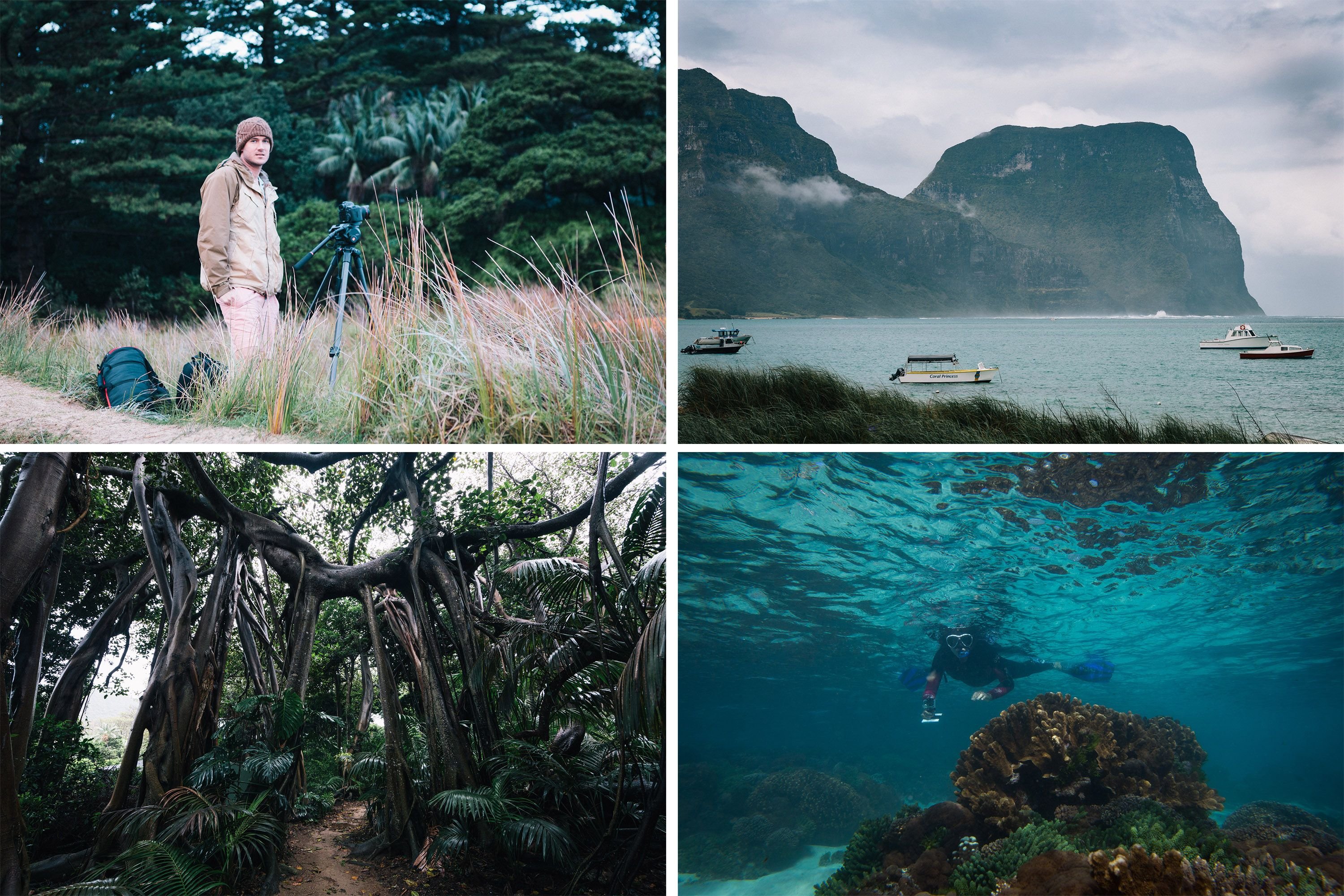
The potential scope of the documentary was enormous, as we were attempting to look into a global movement that had been driven by people all over the world.
We wanted the film to develop organically. We didn’t want a script. It was impossible to develop a proper shooting schedule, as we would need to film this documentary between other jobs.
We had a big journey ahead of us.
